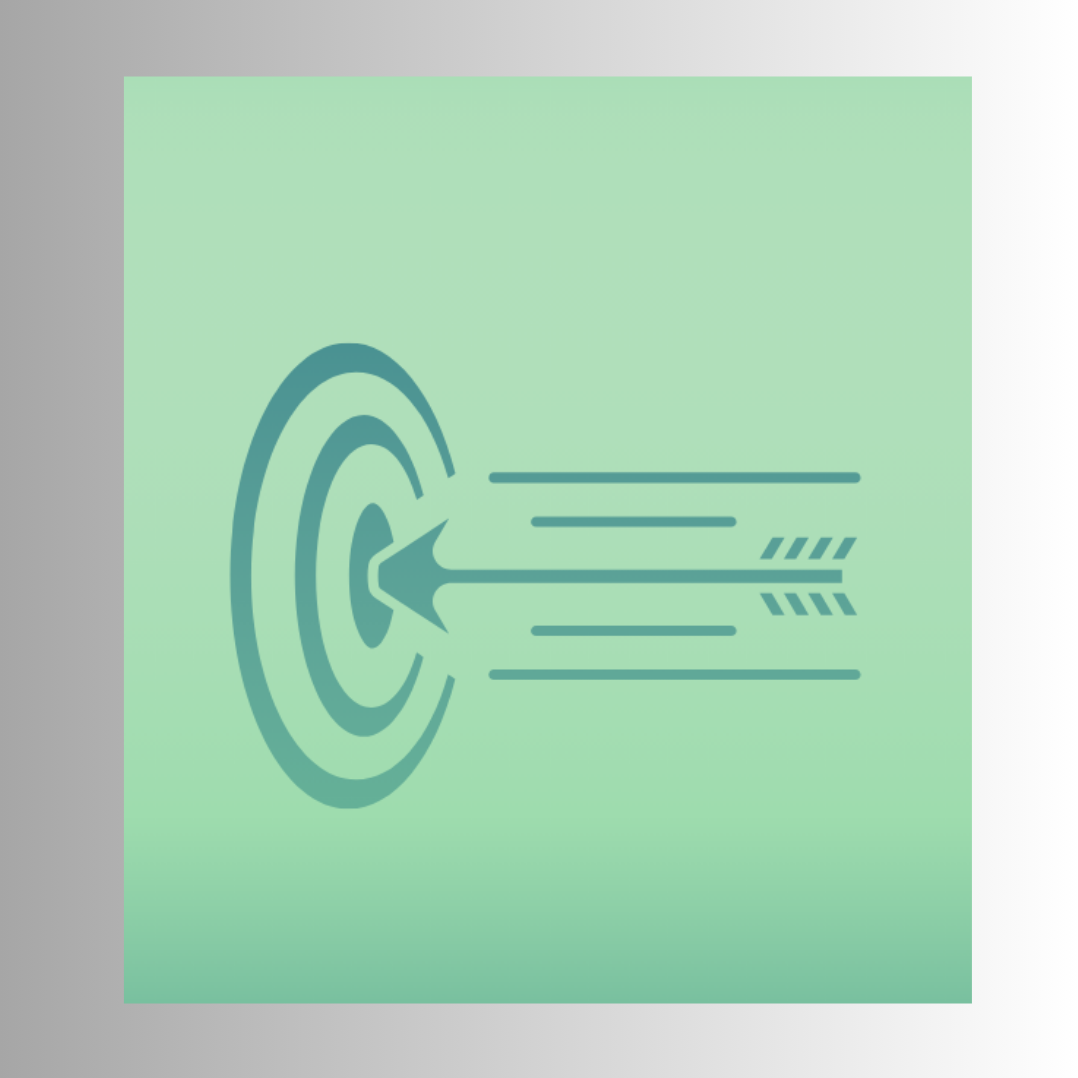
Meta Advantage+ vs. Google Performance Max: What Actually Works After 30 Days of Testing in High-CPC Niches
In the ever-evolving world of paid advertising, automation-first campaign formats have taken center stage. Meta’s Advantage+ Shopping Campaigns (ASC) and Google’s Performance Max (PMax) both promise machine learning magic—more conversions, broader reach, and less manual optimization. But when budgets are tight and cost-per-click (CPC) is high, promises don’t matter. Performance does.
To find out which system delivers in real conditions, we ran a 30-day test across multiple verticals with above-average CPCs, including SaaS B2B, luxury e-commerce, legal services, and specialized healthcare. Both campaign types were launched simultaneously, using comparable creatives, audience definitions, and objectives. Here’s what the data says—beyond the hype.
Ad Delivery: Speed and Adaptability
Meta Advantage+ is built for rapid ramp-up. Campaigns typically exit the learning phase within the first 72 hours. Meta’s system starts delivering impressions broadly and narrows in quickly once it gathers engagement signals. This makes it particularly effective for flash promotions or short-term offers.
In contrast, Performance Max takes longer to stabilize. In our legal services test, it took over 7 days before CPA began to drop consistently. However, PMax outperformed Meta in stability and long-term cost control. Once optimized, the ROAS curve flattened instead of fluctuating—a huge benefit for industries where lead value is high but volume is low.
Audience Targeting: Broad vs. Intent-Based
Meta Advantage+ campaigns heavily rely on broad targeting, especially when Advantage+ Audience expansion is enabled by default. This makes sense for impulse-driven categories like beauty or fashion, where creative and emotional hooks are key. In luxury e-commerce, Meta drove 12% higher CTR, largely because of scroll-stopping visuals and dynamic ads.
Google’s PMax leverages intent signals—search queries, browsing behavior, shopping cart history—making it more effective for high-consideration products and services. In our SaaS test, PMax generated 18% more qualified leads despite a higher CPC, simply because the traffic was more bottom-funnel.
Creative Optimization: Who Does It Better?
Meta’s machine learning aggressively tests creative variations. In our tests, video + dynamic product carousel consistently outperformed static images, and Meta automatically pushed high-performing assets. However, the downside is less transparency—you often can’t see detailed placement-level data.
Google’s PMax forces you to submit multiple formats (text, image, video, logo) for asset groups. While this creates comprehensive reach across channels (Search, YouTube, Display, Gmail), the downside is lower predictability. Some channels burn budget without clear attribution unless you’re using enhanced conversion tracking or GA4 integration.
Cost Per Lead / Sale: Who Wins?
- Luxury E-commerce: Meta Advantage+ had a 20% lower CPA, driven by strong visuals and mobile-first placements.
- B2B SaaS: Performance Max had a higher CPL, but the lead quality was superior, with more SQLs entering the CRM.
- Legal Services: After 30 days, Google PMax stabilized at a 6.4% higher ROAS than Meta, thanks to Search-powered intent targeting.
- Healthcare (specialist services): Meta campaigns produced faster top-funnel awareness, while PMax outperformed on bottom-funnel booking conversions.
Insights and Recommendations
If your niche thrives on visual impact and impulse behavior, Meta Advantage+ wins on speed, engagement, and mobile-first efficiency. However, if your product or service requires research, comparisons, or high trust, Google Performance Max’s search-integrated targeting pulls ahead in lead quality and conversion reliability.
That said, the real takeaway isn’t to pick one platform—it’s to align platform logic with funnel stages:
- Use Meta Advantage+ for TOFU (top-of-funnel) brand awareness and retargeting.
- Use Performance Max for MOFU/BOFU lead nurturing and conversion lift.
Automation is not strategy. Meta Advantage+ and Performance Max are powerful tools, but only when guided by funnel logic, creative consistency, and real-time attribution. After 30 days of testing in high-CPC environments, both platforms proved valuable—but for different reasons. Marketers who understand these distinctions will extract the most value, minimize wasted spend, and dominate their verticals in 2025 and beyond.
